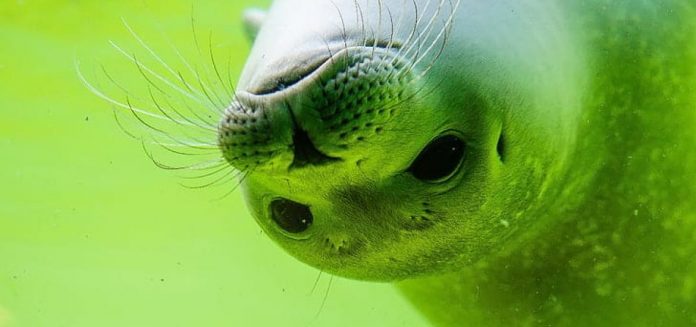There are plenty of microplastics in the oceans, yet just how much of the stuff is out there may come as a shock. Brace yourself: the amount is many times more than previously thought.
So says a team of scientists in the United Kingdom who used nets with a mesh size of 100 micrometers (0.1mm), the width of a human hair, to see how many tiny plastic particles ended up in those nets. The researchers sampled water taken at two locations on both sides of the Atlantic: the English Channel in Europe and off the coast of Maine in North America.
For many previous measurements, nets with a mesh size of 333 micrometers were used, but those failed to nab finer particles of plastic debris floating in the seas, explain the researchers who published their findings in a study. Using the finer 100μm mesh nets, however, the scientists found that the concentration of microplastics were between 2.5 and 10 times greater than when nets with 333μm and 500μm meshes were employed.
In other words, previous measurements missed large quantities of extra-fine particles, most of which are fibers from textiles like ropes, nets and clothing.
“Microplastic pollution is a widespread pollutant, found all throughout the oceans, but working out how much is there has been a major challenge for scientists,” notes Matthew Cole, a lead author of the study who is a marine ecologist and ecotoxicologist at Plymouth Marine Laboratory. Read more…



